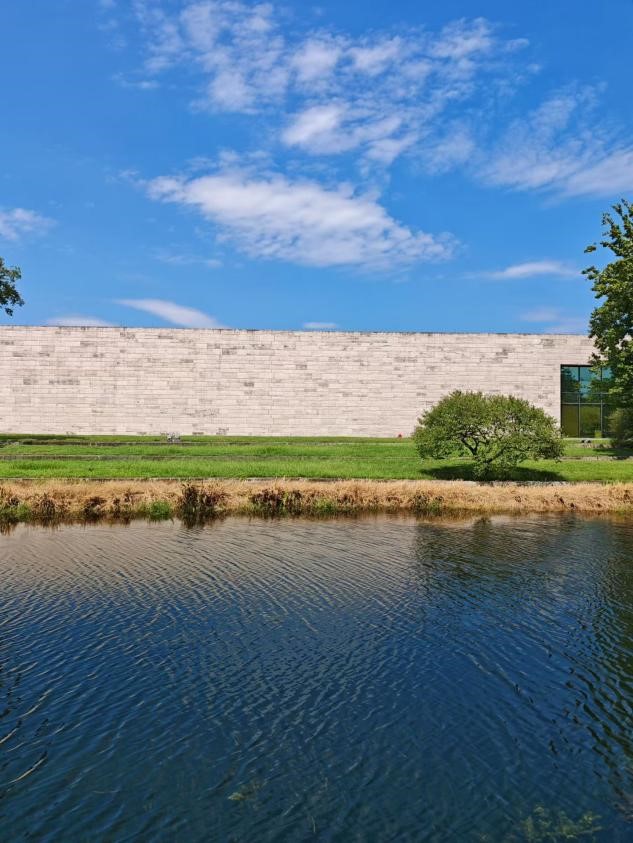
When I am in Zhejiang, I can't help but feel a strange sense of time and space. The surging tide of the Qiantang River bears witness to the changes of this land from prehistoric civilization to the digital age, and continues the civilization of five thousand years to this day.
Standing at the Liangzhu Ancient City Site Park, inscribed on the UNESCO World Heritage List in 2019, autumn breezes caress the archaeological site of the Mojiaoshan Palace Area. The unearthed jade cong (ritual vessels) and bi (circular jade discs) bear witness to the ritual tradition recorded in the Zhou Li: "Celestial rites with azure bi, terrestrial rites with yellow cong." These artifacts dating back 5,300 to 4,300 years provide irrefutable evidence of China's five-thousand-year civilization.
Echoing this discovery, the 2022 National Top Ten Archaeological Discoveries featured the Wenzhou Shuomen Ancient Port Site, where well-preserved relics from the Song-Yuan period—including docks and sunken ships—stand as tangible proof of its historical significance. This maritime hub once served as a vital nexus along the Maritime Silk Road, vividly illustrating the legendary 'ships weaving like brocade' described in Marco Polo's Travels about Wenzhou's port.
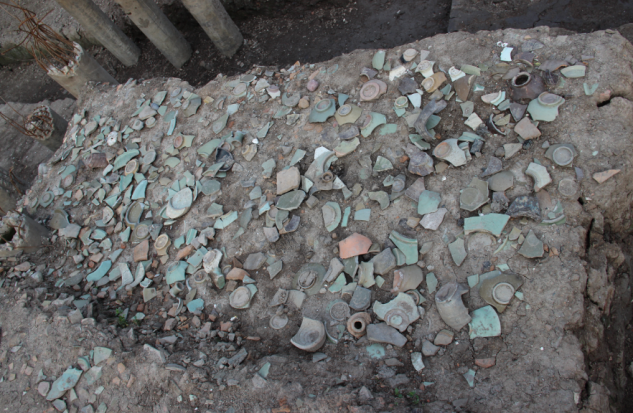
Strolling through the West Lake Cultural Landscape, a UNESCO World Heritage Site since 2011, the willow branches sway gently along the Su Causeway. Su Dongpo, the renowned poet, once wrote in his memorial 'Request for the Opening of Hangzhou's West Lake ':' Hangzhou's West Lake is like a person's eyes and brows. 'He spearheaded the lake's dredging and built the Su Causeway, transforming this natural wonder into an eternal poetic masterpiece.
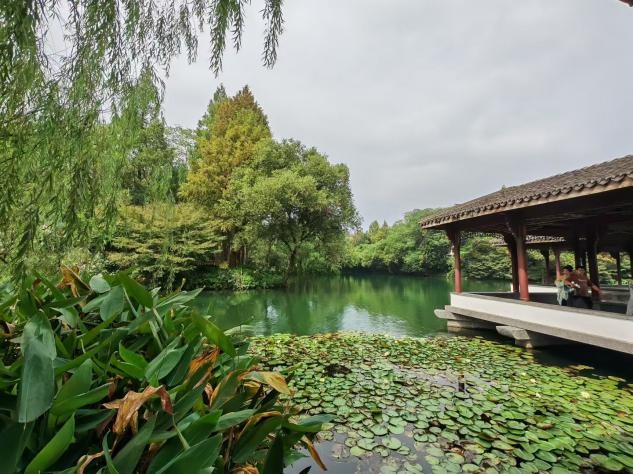
On the third day of the third month in the ninth year of Yonghe (353 AD), Wang Xizhi and 41 scholars gathered at Shaoxing's Orchid Pavilion for a flowing cup ceremony, where he composed the' Preface to the Orchid Pavilion Collection '—the world's most celebrated example of running script. The site preserves Qing Dynasty reconstructions like the Flowing Cup Pavilion and Imperial Stele Pavilion, preserving a millennium-old cultural legacy.
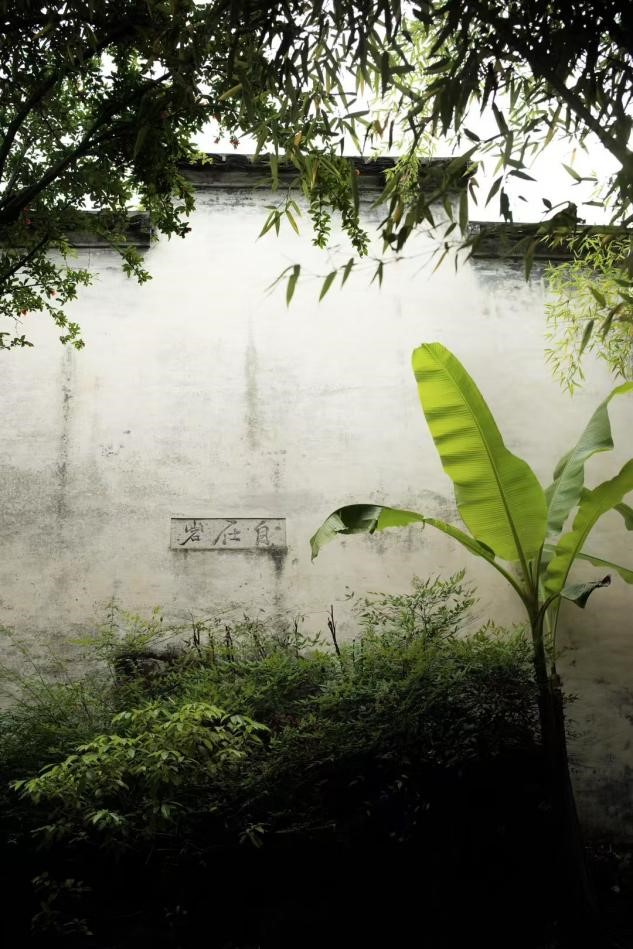
In Longjing village, located within the Longjing Tea Origin Protection Zone, tea farmers still adhere to the cultivation techniques documented in Lu Yu's "The Classic of Tea" from the Tang Dynasty. In 2008, the "West Lake Longjing Tea Processing Techniques" were inscribed on China's National Intangible Cultural Heritage List. Every leaf in this tea garden carries the legacy of a millennium-old tea culture.
Tangqi Ancient town, located along the Beijing-Hangzhou Grand Canal, is home to the Guangji Bridge—the only surviving seven-arch stone bridge on the ancient waterway, dating back to the Tang Dynasty. The town's traditional tea snack-making techniques embody the life wisdom of canal communities.
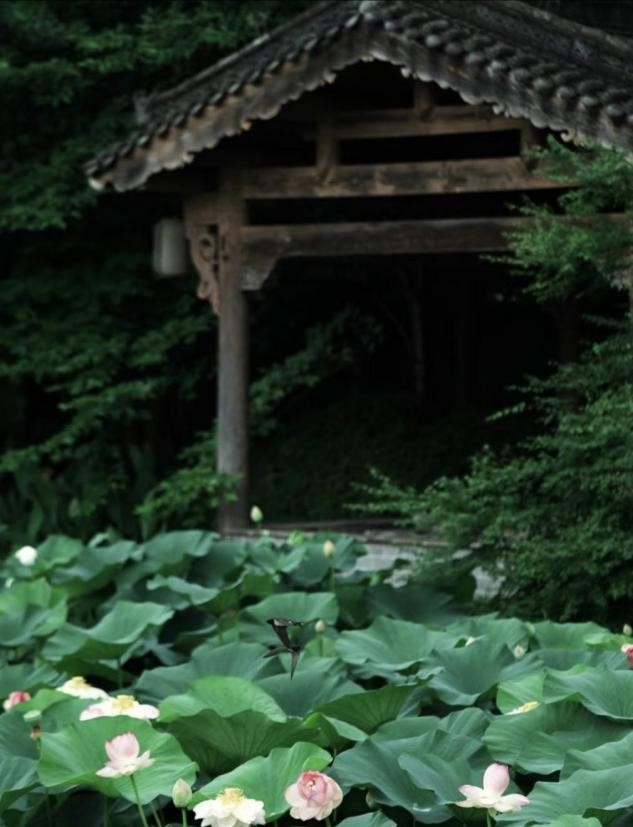
At Alibaba's Xixi campus, witness how this company founded in 1999 has transformed its business model. As the world's largest retail business platform, its development journey is a microcosm of Zhejiang's digital economy.
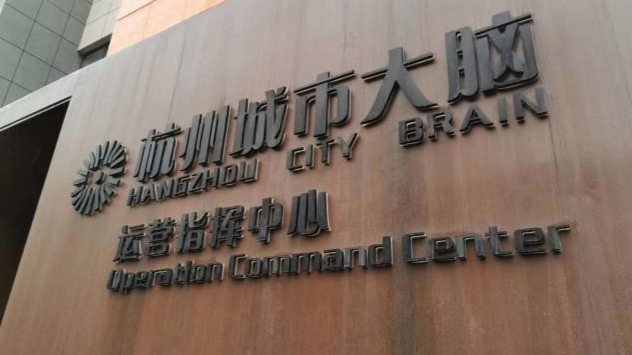
At the Hangzhou City Brain Operation Center, this project launched in 2016 has achieved digital governance in areas such as transportation and cultural tourism. Meanwhile, in the Robot Town, various industrial and service robots demonstrate the strength of "China Intelligent Manufacturing".
From Liangzhu jade to digital codes, from canal sails to smart cloud maps, the civilization of Zhejiang has never been interrupted. It is not only a museum of history, but also a laboratory of the future, waiting for every visitor to experience this dialogue across 5,000 years.
Source: Zhejiang Cultural and Tourism Promotion Center for Hong Kong and Macao


